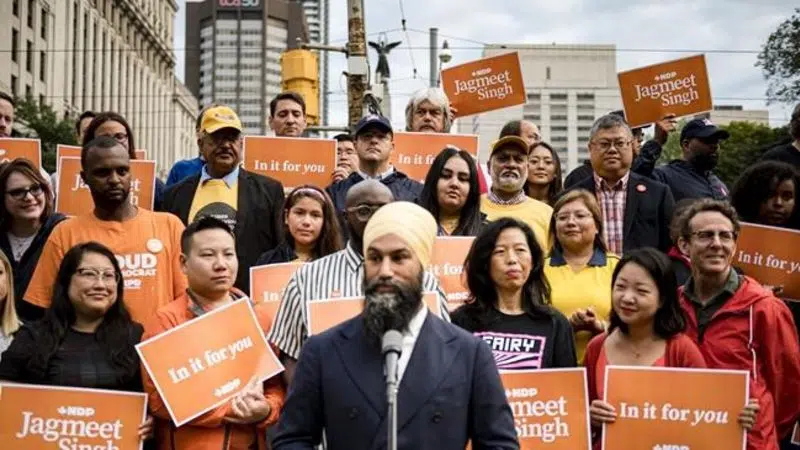
The art of sloganeering: How many ways can politicians say ‘change’?
OTTAWA — Change. Forward. Together. For you.
They are the buzzwords of political campaigns worldwide, used time and again in various combinations, to sum up a campaign theme in few enough letters to fit on a podium sign.
On Tuesday, the NDP became the fifth and final major party to unveil its campaign catchphrase, hoping “In it for You” will catch voters’ attention.
Dennis Matthews, a vice-president at Enterprise Canada who worked in the message mines as an advertising and marketing adviser to prime minister Stephen Harper, said “a ton of effort” goes into finding a phrase that can sum up an entire campaign in one short and snappy sentence.
